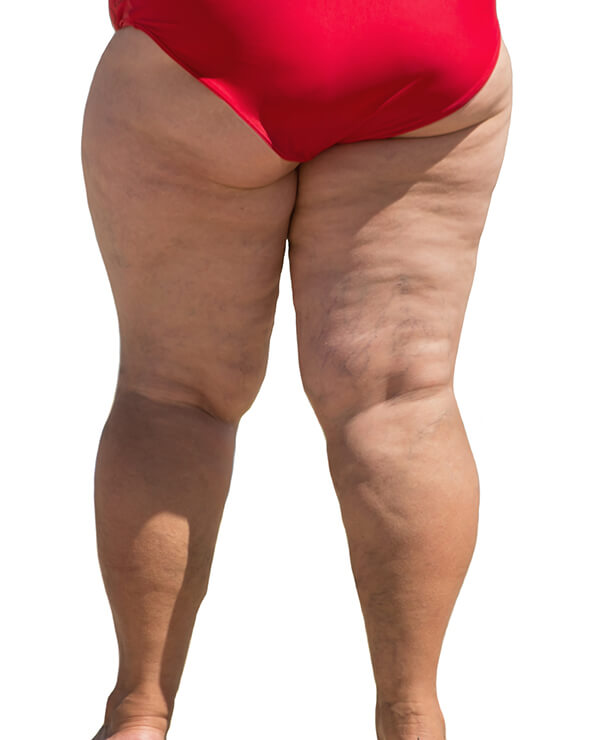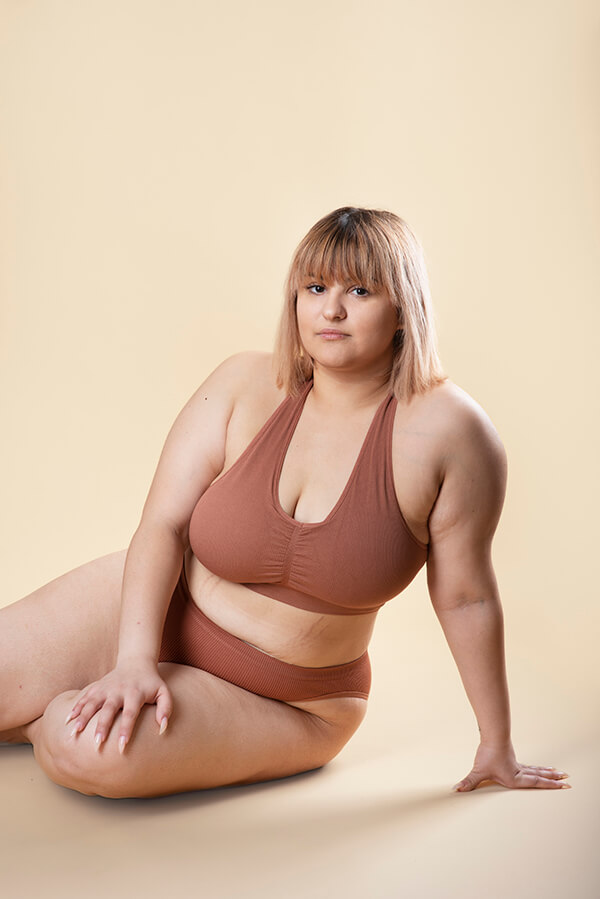The Best Liposuction For Lipedema In Seattle With Dr. Javad Sajan
Allure Esthetic Plastic Surgery is a leading plastic surgery practice and medical spa in Seattle, Washington. Dr. Sajan and his team do not only perform purely cosmetic treatments but also procedures that help improve a patient’s overall health and quality of life. Lipedema liposuction is one such procedure. Dr. Javad Sajan performs the best lipedema liposuction Seattle provides.
To learn more and schedule a consultation, call us at 206-209-0988. Patients can also reach out online via chat, contact form, or Price Simulator.
Get Started FeminizationSurgeries.com
FeminizationSurgeries.com


